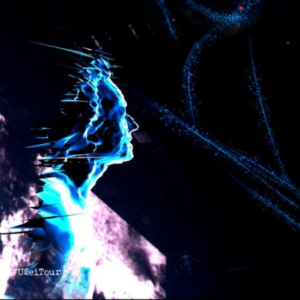Recently, Burger King started handing out augmented reality games, instead of toys, to kids waiting for their Junior Meals. Last month, Boston’s Isabella Stewart Gardner Museum started using augmented reality to “return” stolen paintings to the walls from which they once hung. And this summer, Irish rockers U2 will model the “first concert tour” incorporating augmented reality.
If you haven’t already experienced it, “Augmented Reality” — or “AR” — is coming to a neighborhood near you. And many are jumping on the bandwagon. Or is it bandwidth?
Augmented reality is a technology that “superimposes a computer-generated image on a user’s view of the real world, thus providing a composite view.” It is a cousin of, and distinct from, “Virtual Reality,” which is full immersion onto a virtual world, with no physical world elements. Today, most practical applications are on smart phones.
According to iGreet, it comes in five basic forms: recognition-based AR, location-based AR, superimposition-based AR, outlining AR, and projection-based AR. Real-world applications abound. AR is already manifest in marketing, commerce, entertainment and design. Like tech-savvy manufacturers and retailers. Consumers can see how a piece of furniture looks in their homes or how clothing looks on their bodies, virtually.
AR is not new. But it is witnessing a “mainstreaming.” The first AR technology was developed in 1968 by a Harvard University computer scientist. Later, with further advancements, it was used in simulations for aviation, military and heavy industry. Flash forward, in 2016 Pokemon Go employed AR. Some believe it’s The Next Big Thing.
For now …
With irony a form of artistic expression, it would be exquisite if U2 showcased its first augmented reality concert while performing its song “Even Better Than the Real Thing.” Fans will likely be part of their first 3D interactive, projection-based AR experience. All with a high-def Bono. What could be better than that?

